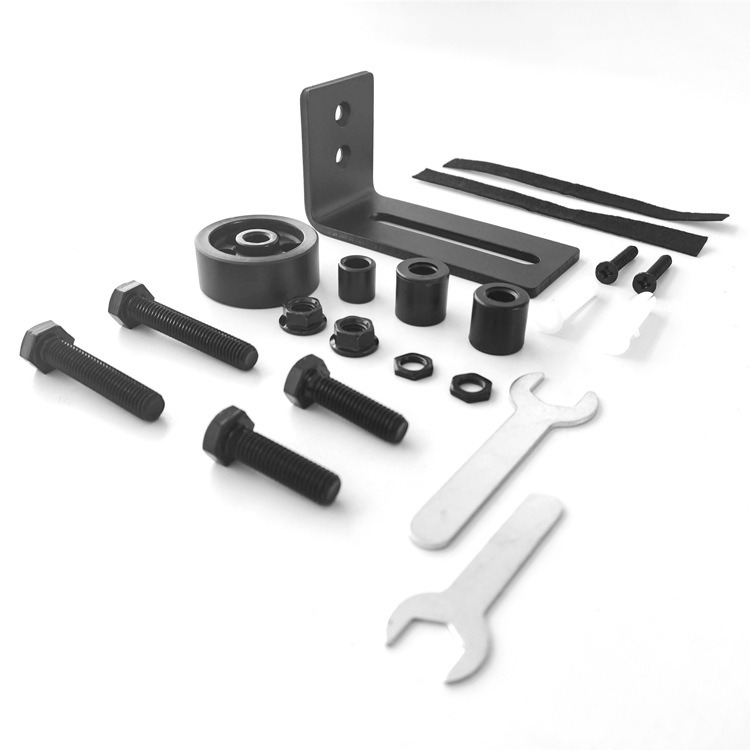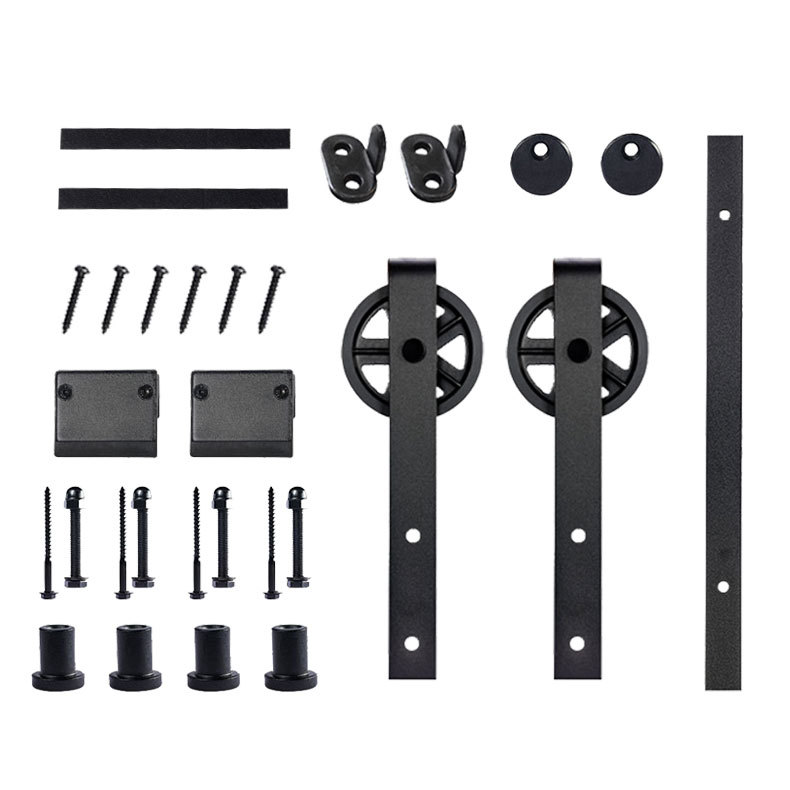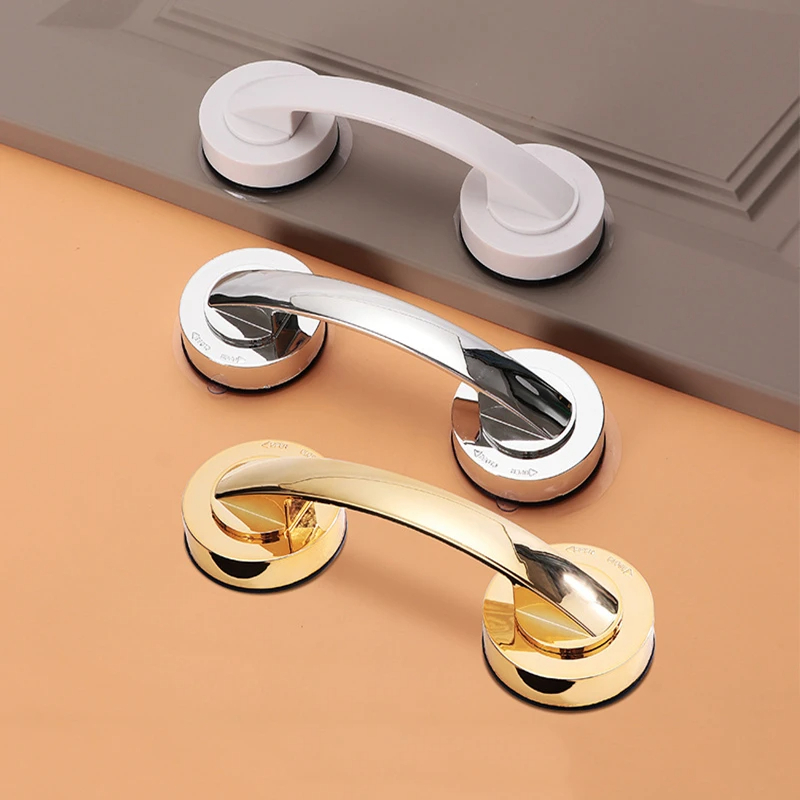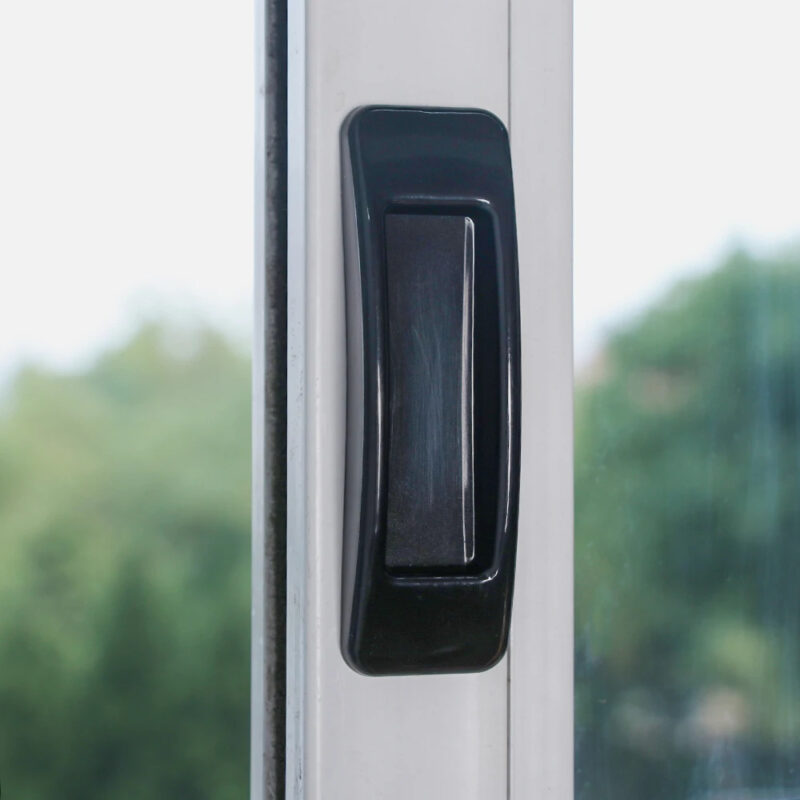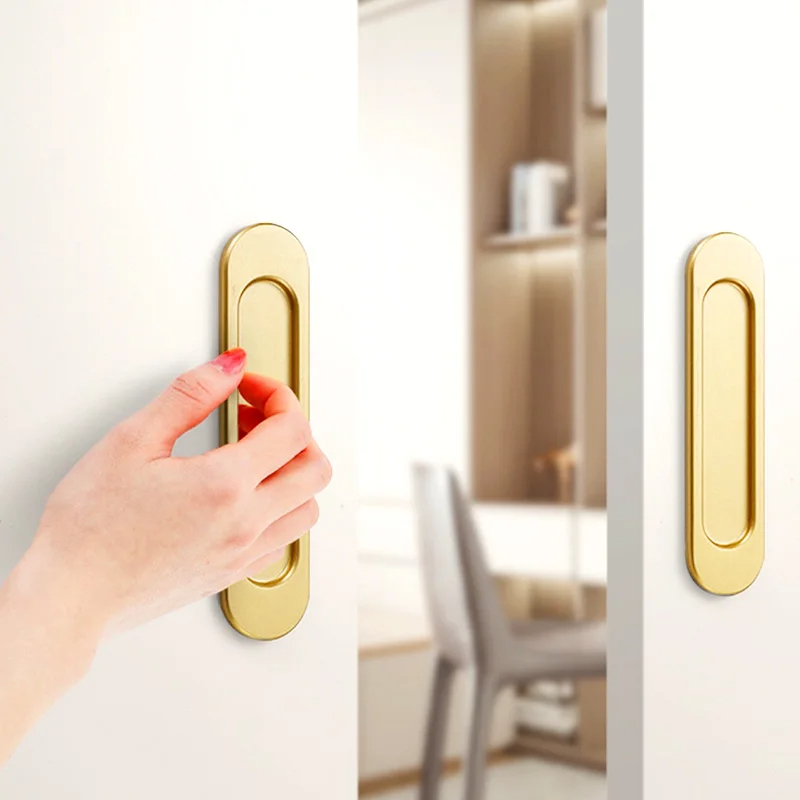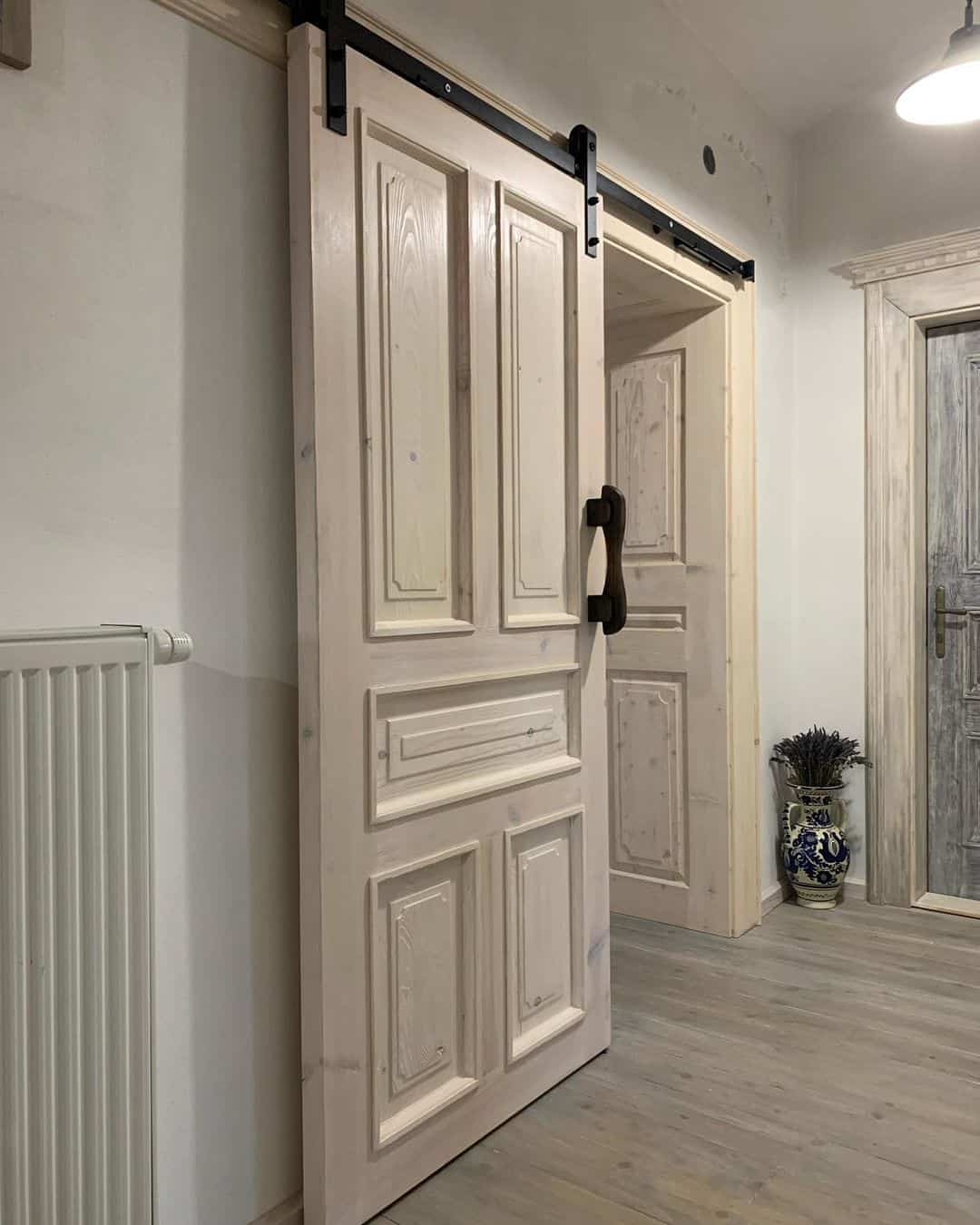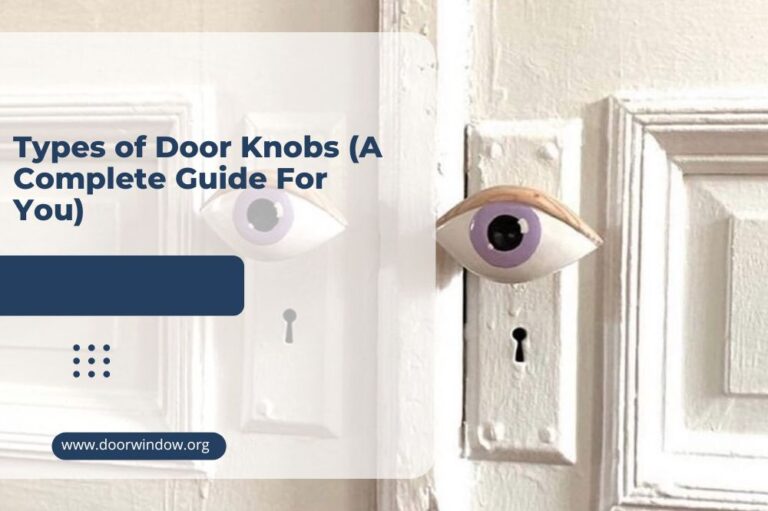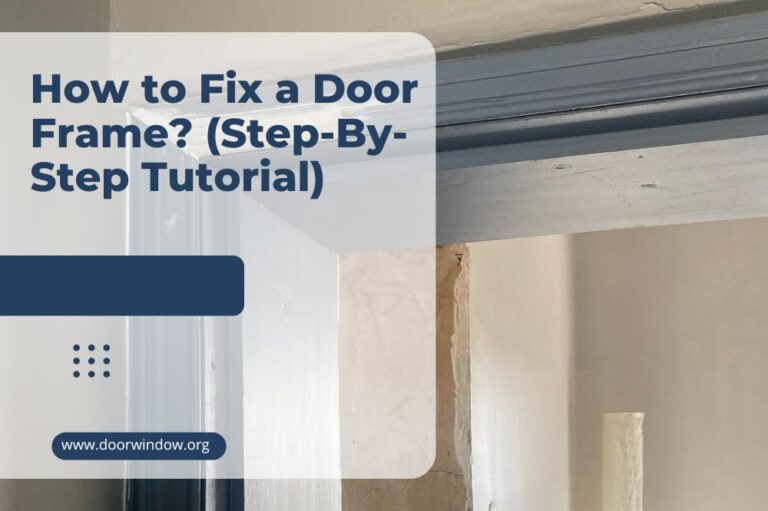Composite Door vs. Wood Door (Which Is Better)
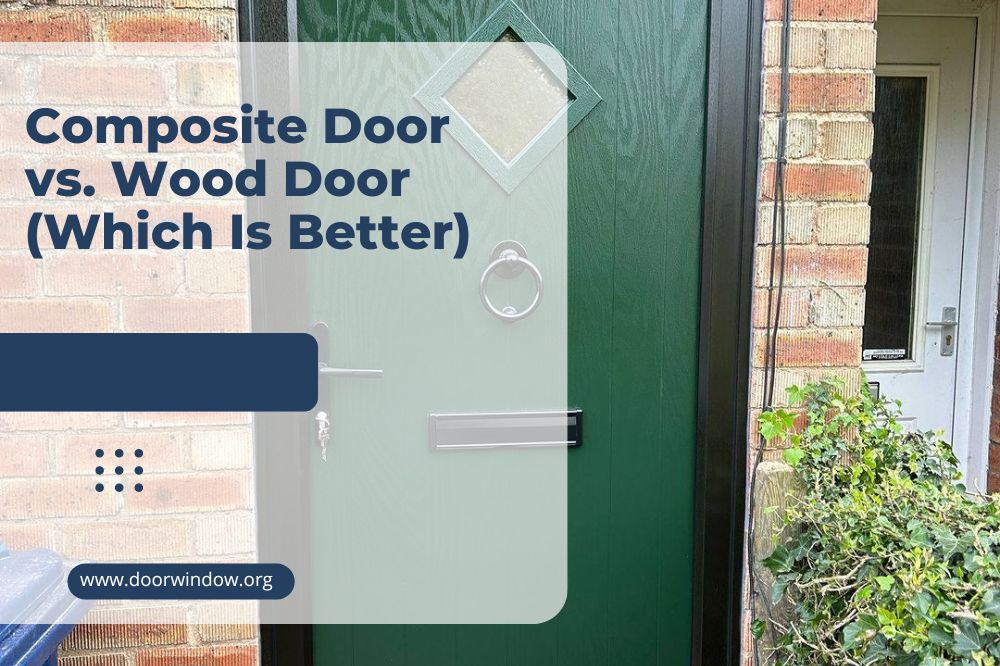
Are you considering updating your home with a new door? If so, you may be debating between composite and wood doors. Both materials are common for exterior and interior doors, but some differences make one more suitable than the other for certain homeowners.
As an informed homeowner, it is important to understand the benefits of each type and make the best decision for your home.
Composite Door vs. Wood Door

1. Composite Door
A composite door is constructed of a combination of wood and PVC materials. They are made to be extremely durable and weather resistant. Composite doors can come pre-finished with paint or stain, allowing you to choose from different textures and colors.
They also require very little maintenance, making them ideal for an upgraded look without constant upkeep. Plus, composite doors are more energy efficient than wood doors since they provide better insulation against heat and cold.
Composite doors tend to be less expensive than wood doors. Their long-term durability and low-maintenance benefits make them a worthwhile investment for those looking for a high-quality exterior door.
Types of Composite Doors
There are many types of composite doors depending on the material used
- Steel Reinforced Composite Doors
- FSC Certified Composite Doors
- UPVC Doors
- Flush Composite Doors
- Contemporary Composite Doors
- Fiberglass Doors
2. Wooden Doors
Real wood doors are a classic option for homeowners looking to update their homes. They provide an elegant and timeless look and a range of customization options. Wood doors come in various wood types.
The most common types of wood used for exterior doors include cedar, pine, mahogany, fir, and oak. Cedar is the most popular due to its strength and durability, while pine is a cheaper alternative.
Mahogany wood offers an elegant look and is often used for high-end homes. Fir is a lightweight wood that can be stained or painted in any color. Finally, oak is extremely strong and durable, making it an excellent option for security doors.
Although solid wood doors have a higher price tag than composite doors, they are heavy-duty and reliable, making them a more cost-effective option.
Types of Wooden Doors
There are a variety of exterior and interior wooden doors. Some are
- Solid core doors
- hollow core doors
- Timber doors
- Louver doors
- Pinewood doors
- Slab and bifold doors
Comparison of Composite Doors and Wooden Doors
There are several factors to consider when it comes to the choice between composite and wood doors. Here’s a comparison of the two materials so you can decide which is best for your needs:
1. Installation
Installation of traditional wooden doors is typically more complex than that of a composite door. Wood doors require careful cutting and sanding to ensure proper fit, whereas composite doors normally come pre-hung and ready to install.
Wood doors must also be sealed and treated with paint or stain to protect them from the elements, adding further complexity to their installation process. Composite doors, on the other hand, are easy to install and require no extra sealing or treatment.
2. Durability
Wooden doors are known to be one of the most durable door materials available and are capable of withstanding harsh weather conditions. They can last for many years when properly maintained but may need frequent refinishing and repairs due to their susceptibility to rotting and warping.
Composite doors, on the other hand, offer superior durability. They are built from polyurethane foam, glass-reinforced plastic, and other composite materials. This makes them resistant to denting, cracking, warping, and fading. Composite doors are also much more secure than wooden doors because they can be fitted with advanced locking systems.
3. Cost
The cost of wooden doors can vary greatly depending on the type of wood used and how much labor is needed for installation. Generally, wood is more expensive than other materials so it may be a costly option compared to composite doors.
Composite doors are typically less expensive than wooden doors. They are also very easy to maintain and repair, saving you money in the long run. Plus, composite materials tend to be more energy-efficient than wood, allowing you to save on heating and cooling costs.
4. Maintenance
Wooden doors require regular maintenance to ensure they remain in good condition. You will need to refinish wood surfaces every few years and inspect for signs of rot or warping. It’s important to watch out for pests that can damage the wood.
Compared to wooden doors, composite doors are far more straightforward to keep in optimal condition. They don’t require refinishing or staining and can easily be cleaned with a damp cloth or mild detergent. Plus, composite materials are highly resistant to pests and other environmental damages, so you won’t have to worry about them deteriorating over time.
5. Insulation

Wooden doors are poor insulators because they can shrink or expand due to temperature changes. They may also allow air, moisture, and noise to pass through them, leading to increased energy costs.
Composite doors are much better insulators than wooden doors. They are constructed with materials that help reduce heat transfer, which can significantly affect your home’s total energy costs. Additionally, composite doors offer superior soundproofing capabilities, allowing you to enjoy a quieter living space.
6. Style
Wooden doors offer a classic and timeless look that you can customize in many ways. They come in various colors, textures, and finishes to match any home style.
Composite doors are also highly customizable but are more modern-looking than wooden ones. They come in various colors and styles, including wood grain effects. Therefore, you can discover a door that complements your home aesthetics. Composite doors are more secure than wooden doors and offer better insulation, making them a great choice for energy efficiency.
7. Life Expectancy
Wooden doors have an average life expectancy of around 10-15 years, depending on how well they are maintained. They may need to be refinished every few years to protect them from weather damage, pests, and rot.
Composite doors can last much longer than wooden doors. Proper maintenance can last up to 30 years or more, making them a great investment for homeowners looking for long-term value. Composite doors are also more resistant to weather and pest damage, so they will perform better in extreme conditions.
Tips for the Maintenance of Composite Doors
Maintaining a composite door is easy and stress-free. Here are some tips to keep your composite door in pristine condition:
- Composite doors are very easy to clean and require only minimal effort. You can use a damp cloth or mild detergent to wipe down the surface and remove any dirt or debris.
- Regular inspections are a must to ensure your composite door is in optimal condition. Check for signs of cracks, warping, and other damages that might need immediate repair.
- Keeping the door’s hinges lubricated will keep it running smoothly and prevent the door from sticking. Apply a lubricant, such as WD-40, to the hinges every few months to ensure they function properly.
- Sealing the edges of your composite door keeps out drafts and moisture. Use a silicone sealant or weatherstripping tape to create an airtight barrier around the door’s edges and seals.
Following these simple tips, you can keep your composite door looking and functioning like new for years to come. With proper maintenance, a composite door can last up to 30 years or more, making it a great investment for energy efficiency and lasting value.
Tips for Maintenance of Wooden Doors
Maintaining a wooden door can be accomplished in just a few steps to keep it in good working condition. Here are some tips to help you get the most out of your wooden door:
- Sand down rough spots or damage with fine-grit sandpaper, then wipe clean.
- Apply a thin layer of wood sealant or varnish to protect the door against weather and water damage.
- Tighten up any loose screws or hinges to secure the door.
- Replace any broken or cracked parts as soon as possible.
- Check for signs of pest or insect activity, such as woodworm, termites, or carpenter bees.
How to Choose Between Composite Doors and Wood Doors?
1. Best Option for Interior Doors
When it comes to interior doors, both composite and wooden doors are great options. Wooden doors are an excellent choice if you’re looking for a classic look with superior soundproofing capabilities.
However, composite doors may be the way to go if you want a more modern, energy-efficient look. Ultimately, the best option for your interior doors will depend on your individual needs and style preferences.
2. Best Option for Exterior Doors
Regarding exterior doors, composite doors offer more benefits than wooden ones. In addition to being more durable, composite doors require less maintenance over time, making them better suited for areas with extreme weather conditions.
They offer superior insulation capabilities that reduce energy costs. Wooden doors may still be an option in some cases, but they typically offer a different level of insulation or durability.
Final Thoughts
Composite and wooden doors are excellent front door choices. Wood offers a classic charm that can’t be replicated elsewhere, while composites provide superior durability and strength.
While price is an important factor when choosing between the two materials, other key differences, such as maintenance, durability, design, and appearance, should also be considered.
Overall, composite and wooden doors have unique advantages and disadvantages. You can find a door that fits your needs and budget by carefully weighing the pros and cons. Ultimately, the choice of door type comes down to personal preferences and what works best for you.

